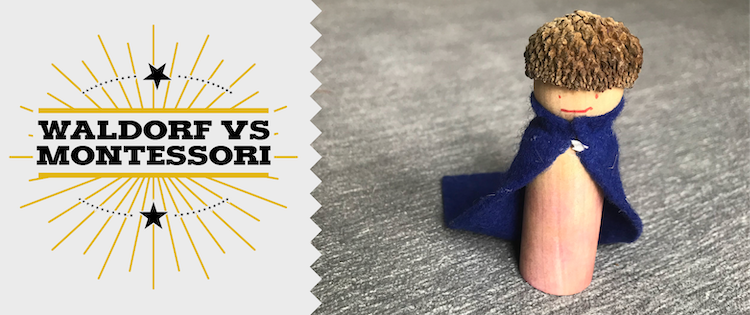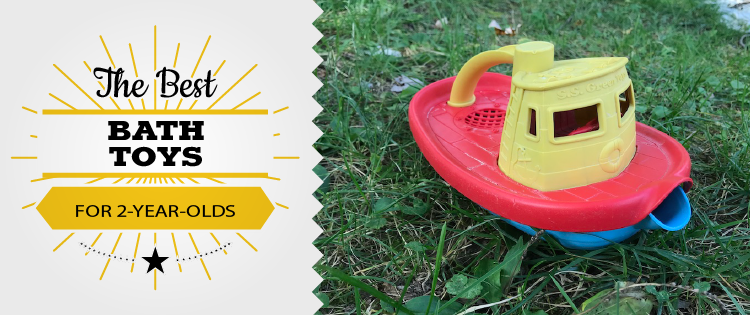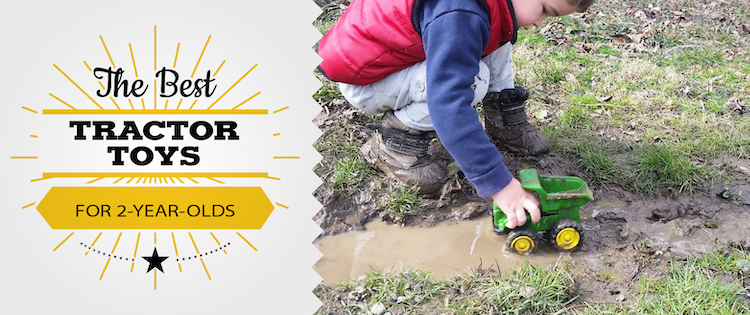Last Updated on July 22, 2022 by admin
My kids have attended both Waldorf and Montessori-inspired preschools and kindergartens, but I didn’t really know too much about the intricacies of the educational philosophies of either before I enrolled them.
I toured the classrooms, talked with the teachers, and based my decisions on which locations/commute times and schedules / start times were the most convenient for our family.
But I do think that it would have helped to understand more about the philosophies behind each type of school before I made those choices.
People tend to associate Waldorf and Montessori with one another because they’re a few of the most popular “alternative” types of schools around, and they do indeed share a few similarities. But they’re also very different in significant ways.
Whether you’re looking for a preschool, planning a playroom or just trying to hone your approach to your child’s home environment, here’s what you need to know about the Waldorf vs. Montessori approach to early childhood.
An Introduction to Steiner and Montessori
The founders of both educational philosophies lived around the same time in Europe. Rudolph Steiner (1861-1925), the founder of Waldorf education, was a scientist/philosopher/social reformer from Austria. Maria Montessori (1870 -1952) was a medical doctor from Italy (and yes, that profession was rare for a woman at the time).
So, education wasn’t either of their primary focuses, at least at the beginning. Montessori based much of her educational theories on close observations of children in institutionalized settings. (At the time, special needs kids often lived in “asylums.”) Steiner’s educational theories were based primarily on spiritual and philosophical ideas about what a healthy childhood should look like, although he did spend significant time tutoring a special needs child.
At the time these two were writing, society had only recently endured the upheaval of the industrial revolution. Parents who used to work on farms were now working in factories.
This transition is what eventually led to the domination of the culture that expects kids to spend their days in school. After all, factories aren’t great places for kids, who often had nowhere else to go when their parents were working.
Steiner’s original school was for the children of workers at the Waldorf Astoria cigarette factory in Stuttgart, Germany in 1919. (That’s why the schools are called “Waldorf” schools now — although they’re still called “Steiner schools” in Europe.) Montessori opened her first “school” (technically a full-day childcare center) in San Lorenzo, Italy in 1909. Called the Casa dei Bambini, or “Children’s Home,” it served younger kids aged 3-7 who had nowhere to go while their parents were at work.
Both Steiner and Montessori wrote several books explaining their views on children’s development throughout their lives. Their adherents have gone on to interpret their thoughts in various ways, which I’ve tried to summarize below.
Similarities of Waldorf and Montessori Approaches
Carefully cultivated environments
Both philosophies place a stronger emphasis on the importance of the learning environment than other educational styles do.
- Waldorf classrooms are designed to evoke a sense of warmth and emulate a home environment, because Steiner thought it particularly important that children felt loved and comfortable.
- Montessori classrooms are designed to draw kids in to do independent work, because Montessori emphasized the importance of nurturing childrens’ self-sufficiency.
Simple toys
Both philosophies promote simpler toys in the classroom, for slightly different reasons.
- Montessori philosophies generally encourage open-ended boys because they’re more versatile, but also Montessori suggested avoiding any toy that doesn’t mimic real life. That means no Disney cars with faces or toy animals that can smile and talk, which generally lends itself to simpler looking toys.
- Waldorf’s reasoning behind simpler toys is that young children are still partly living in a spiritual realm, and should be spending a lot of time in imaginary worlds. That’s why Waldorf dolls don’t have faces, for example.
Toys made from natural materials
In the Waldorf educational philosophy, the reason for natural materials is more spiritual. Steiner believed that natural materials connected kids to the earth. (Part of the reason that Waldorf schools are so expensive is that they’re pretty strict about sticking to materials you can get from “nature,” such as pure beeswax crayons, silk — not polyester! — for play costumes, and wood figures instead of plastic. They even use special paper for their drawing.) Some people think that this affinity for natural materials might have been a reaction to the shift to factory life.
From the Montessori perspective, natural toys are just more pleasing and provide a better sensory experience for kids than their synthetic counterparts, which makes them better tools for kids to explore independently.
Practical skills
In both Waldorf and Montessori classrooms, kids do things like water plants, wash dishes, and sweep floors. Steiner believed that children should be able to freely imitate what they see adults doing. Montessori believed that more than anything, kids want to be independent and self-sufficient, and doing real work gives them that sense of agency.
Differences of Waldorf and Montessori Approaches
Trademarked vs Non Trademarked
There’s an official Waldorf Association but there’s not one for Montessori, because there are no trademarks associated with the Montessori method. That means that every Waldorf school gets evaluated regularly by officials to make sure it’s meeting certain standards. Waldorf schools have official songs, holidays, and even teacher uniforms (early childhood teachers wear aprons) that they must all conform to. Montessori schools, on the other hand, can legally claim that they’re Montessori regardless of how much her philosophy influences their school.
Child-Led vs Teacher-Led
Put as simply as possible, the educational philosophy of Montessori’s would be “follow the child” while Waldorf’s is “head, heart, and hands.” Waldorf education is very much still a teacher-led, follow-the-group-at-all-times situation, especially after early childhood. Montessori schools tend to offer more flexibility, although that can vary a lot from one school to another.
Reality vs. Imagination
Waldorf schools encourage kids to imagine and incorporate stories and songs about things like fairies and witches in order to encourage that imagination. They are very reverent about kids as spiritual beings. This is because Steiner thought that kids still lived in their “astral bodies” until their baby teeth start to fall out.
Montessori, by contrast, thought that little kids were confused by this kind of fantasy play because their brains can’t determine fantasy from reality. For that reason, she suggested only having realistic toys and realistic play available to them. (That means no “three little pig” fables, and so on.) In a Montessori classroom, most “toys” are designed for a specific academic purpose.
Academic work for young children
Again, Steiner believed that a child’s baby teeth falling out indicated their readiness to start academic learning. Montessori, on the other hand, seemed to think that kids are naturally interested in reading and writing at younger ages, which is why some Montessori schools teach kids to read and write as early as 3 or 4.
Spiritual vs. Nah
As we’ve already mentioned, the existence of a spiritual realm was fundamental to Steiner’s philosophy. Waldorf schools are spiritual, too, and observe several rituals throughout the year to observe things like the changing seasons. Although the schools claim to be “non-sectarian and non-denominational,” they are influenced heavily by Christian tradition, with celebrations such as Michaelmas celebrating St. Michael’s victory over the dragon. Montessori education, on the other hand, seems to steer completely clear of spirituality.
Putting it into Context
It’s interesting to note, of course, that these philosophies were founded based on their founder’s observations and intuitions, not on scientific data or studies.
For more context about these philosophies, when Montessori and Steiner published their books on education, scientists were also discovering things like tectonic plates and the specifics of bird migration. That said, aspects of both philosophies have been confirmed to work by various studies in the years since.
For example, this article sums up some studies that show that kids who delay academic work like learning to read until age 7 had no problem catching up to peers who started earlier — and actually were better readers in the long-term.
If one or both of these philosophies appeals to you and you want to re-create home environments in line with these philosophies, here are some products in line with each.













